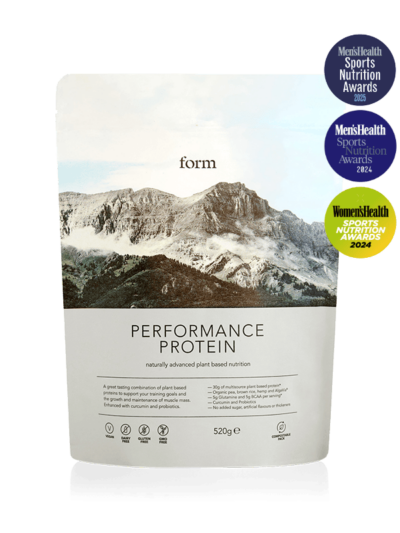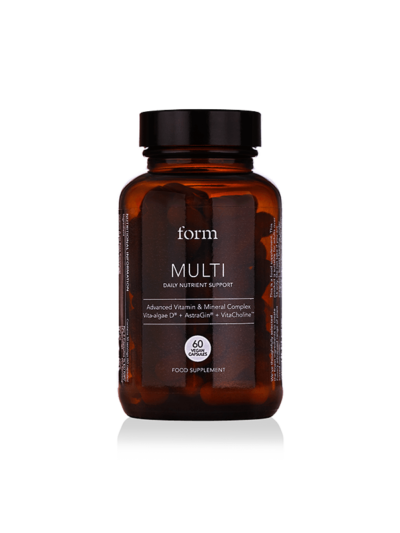How Often Should You Be Working Out?

When it comes to the most asked fitness questions, ’how often should you workout’ is one that’s consistently typed into Google. It’s something you might be pondering right now, having landed on this article after pushing it one overhead press too far in the weights room.
Frustratingly, working out an ideal training frequency isn’t quite as simple as following a one-size-fits all number. Experts say that the amount of days you devote to your chosen discipline will depend on a number of factors, from your workout goals and your ability to recover, to the training load in question.
To help you settle on the right routine, we looked at what the science says about how much you should train, based on a handful of popular fitness goals.

If you just want to improve your general fitness
If your goal is simply to reap the disease-busting benefits of living a more active lifestyle, you don’t need to live and breathe your local gym. Instead, Eloise Skinner, an instructor at Third Space says you should simply focus on making movement a more consistent part of your lifestyle.
“The NHS guidelines suggest 150 minutes of moderate intensity activity per week for most people, which works out to around 30 minutes per day,” she explains. “Weekly, could be three to four 45-minute workouts a week, combined with slower days for stretching, rest and recovery.”
Instead of overcomplicating things with split routines (training different muscle groups on different days), she suggests focusing on simple, full-body compound workouts that strike a good balance between strength and cardio.
Not only will the training variety make you a more well-rounded athlete, but it’ll also stop your sweat sessions from feeling samey.
If you’re trying to lose weight
It’s easy to assume that a weight loss programme should involve hours of grunting on the treadmill, but all-out cardio might not be the best strategy for trimming belly fat. In fact, studies have found that people trying to lose weight with aerobic exercise alone tend to only see modest weight loss: roughly 2kg in total.
One of the main advantages of adding strength training to your weight loss master plan is that lifting heavy builds metabolically active muscle – the type that helps you reap the fat-burning benefits of a naturally faster metabolism.
So, if you stick to just cardio alone, you risk losing precious muscle along with fat, which slows down your metabolism and makes it harder to keep the weight off long-term.
This is just one reason why studies consistently show that combining both cardio and strength training is the most effective way of trimming down.
If you’re looking to lose weight for health reasons, aim for three to five days of exercise a week, and keep in mind that any fat loss requires being in a calorie deficit. If your diet isn’t aligned with your training efforts, no amount of exercise will get you the results you want.
If you want to get flexible
You don’t necessarily need to stretch every day to get more flexible, but consistency is fairly important.
A study published in Springer Nature found that when it comes to flexibility, it actually doesn’t matter how religiously you stretch. What’s more important is that you aim for up to ten minutes for each muscle every week.
So, for example, that could be stretching your hamstrings for just over a minute each day or five full minutes twice per week.
Encouragingly, the study also found that it doesn’t matter how old, inactive or inflexible you currently are – everyone has the potential to improve their flexibility with patience. And while flexibility varies from person to person, in most cases, you’ll start to notice improvements within two to three weeks of stretching it out.

If you’re wanting to gain muscle
Gaining muscle is often the holy grail for many gym goers, but how often do you need to be lifting weights to see results?
Turns out, more is not always better. Guidelines published in the The Journal of Strength and Conditioning Research suggest that the optimal approach for muscle growth is two to three resistance training sessions per week. The researchers say that this training frequency strikes the sweet spot between challenge and recovery for your muscles.
They also recommend that each workout consists of two to three sets per exercise, with six to 12 reps per set, using enough weight to feel challenged but still maintain good form. The research added that you should focus on multi-joint exercises like squats, deadlifts and bench presses to hit the six major muscle groups: chest, back, arms, shoulders, legs and calves.
While it’s tempting to up your gym sessions when you start to see results, you’ll want to avoid negotiating your rest time if size and strength is your goal.
Studies on ‘hypertrophy’ (the process of increasing muscle cells) show that it’s during the rest that our muscles repair and get stronger, so make sure you’re giving your body enough recovery time – four rest days a week should do the trick.
On those gymless days, you can stay active with light activities like walks, yoga or stretching, but just be mindful not to overdo it.


















